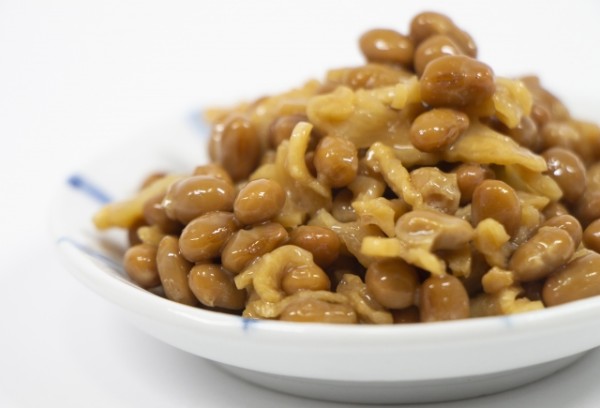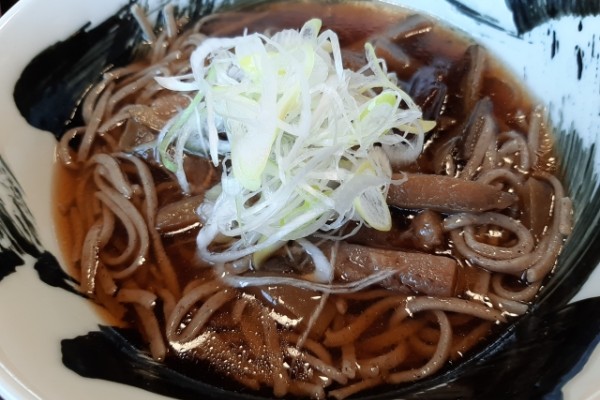Regional Cuisine of Japan: Kanto region's Local Specialties
In Japan, there is a special kind of food called “Kyōdo Ryōri” (郷土料理), which means regional or local cuisine. Various regions have developed their own unique food cultures and these traditional dishes have been passed down through generations in different parts of the country. Each region has its own unique ingredients, cooking methods, and flavors, often shaped by the local climate, geography, and culture.
Kyōdo Ryōri isn’t just about eating—it’s a way to experience the local history, traditions, and lifestyle of each area in Japan. If you're traveling in Japan, trying these regional dishes is one of the best ways to connect with the culture and the people.
In this article, we will introduce the major Regional Dishes from Kanto region.
Ankou Cuisine
Ankou (anglerfish), famed as the "Eastern counterpart to Fugu (blowfish) of the West" for winter hot pot dishes, is known for being entirely edible except for its bones. It's prepared in various ways including ankou hot pot, vinegared dishes, and dobu-jiru (muddy soup).
Soboro Natto
Natto, sometimes called "meat of the field," is a traditional Japanese food. "Soboro Natto" is prepared by seasoning natto with dried daikon radish and soy sauce. It's an excellent dish that combines the softness of natto with the crunchy texture of dried daikon.

Shimotsukare
This dish is made by simmering salted salmon head, roasted soybeans from Setsubun, and daikon and carrots grated with a special sharp grater (called "oni-oroshi" because it's sharp enough to keep demons away) in a thick pot, then adding sake lees and adjusting the flavor with soy sauce. It has traditionally been prepared with prayers for good health and warding off evil.
Chitake Soba
Chitake (milk cap mushroom) and eggplant are stir-fried, then simmered in dashi broth seasoned with soy sauce and mirin to create a chitake soup that is poured over soba noodles. The name "chitake" (milk mushroom) comes from the milky white juice that oozes when the mushroom is torn.

Okirikomi
Thick, hand-cut noodles are simmered together with seasonal vegetables and potatoes in a generous amount of broth until it thickens. The dish is flavored with either miso or soy sauce. It seems the name comes from the way the noodles are cut directly into the pot ("kiri-komu" means to cut into).
Raw Potato Konnyaku Dishes
Konnyaku is a healthy food used in various dishes including sashimi, simmered dishes, dengaku, and hot pots. Gunma Prefecture produces 90% of Japan's konnyaku, and these dishes have traditionally been used for celebratory meals (such as nimono and shiraae).

Cold Soup Udon
This dish features a sauce made by grinding sesame seeds and miso (with optional sugar) in a mortar, mixed with shiso, cucumber, and myoga, then thinned with cold water or dashi broth.
Iga Manju
This is a farm-style delicacy from northern Saitama that resembles a chestnut burr, with red rice covering a sweet bun. It was traditionally served on special occasions and is said to have been created to ward off children's illnesses.
Futomaki Sushi
Vinegared rice is spread on nori seaweed or egg, then rolled with seasoned dried gourd, shiitake mushrooms, carrots, boiled spinach, pickles, etc. as the core, creating vibrant patterns of flowers, animals, and other designs.
Sardine Sesame Pickle
Anchovy sardines with heads and guts removed are salted, then pickled in vinegar with sesame, ginger, yuzu, and red chili peppers. After being pressed with a weight for 2-3 days, they're ready to eat. Sprinkling them with sesame seeds adds an excellent aroma.
Fukagawa Don
"Fukagawa Don" is a dish where miso soup with clams, fried tofu, and green onions is poured over rice. When the same ingredients are cooked with rice in a soy sauce-flavored broth, it's called "Fukagawa Meshi."
Kusaya
In fish salting, leftover brine in barrels was repeatedly reused. This brine accumulated fish components and fermented into "salt juice." Kusaya is made by soaking blue horse mackerel in this brine and then sun-drying it.
Herahera Dango
These dumplings are made by mixing wheat flour and rice flour (some regions use cake flour and eggs), adding water to knead the dough, tearing off pieces, and boiling them. They're then coated with syrup. The name "herahera" comes from their flattened shape.
Kanko-yaki
Local seasonal ingredients like spring mountain vegetables or autumn mushrooms are wrapped in wheat flour dough and baked. "Kanko" is a type of drum used in gagaku (ancient court music), and the dish is named for its similar shape.
update